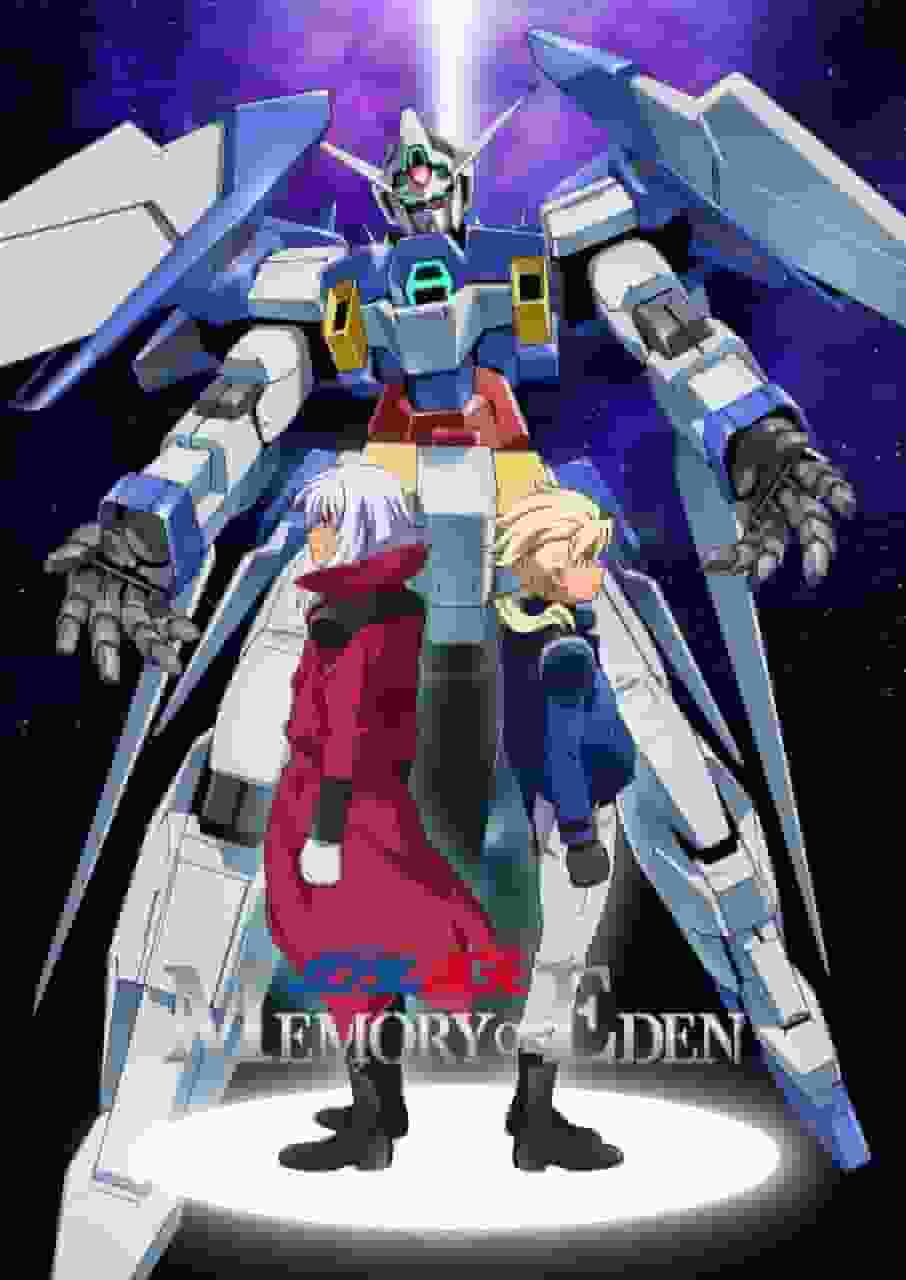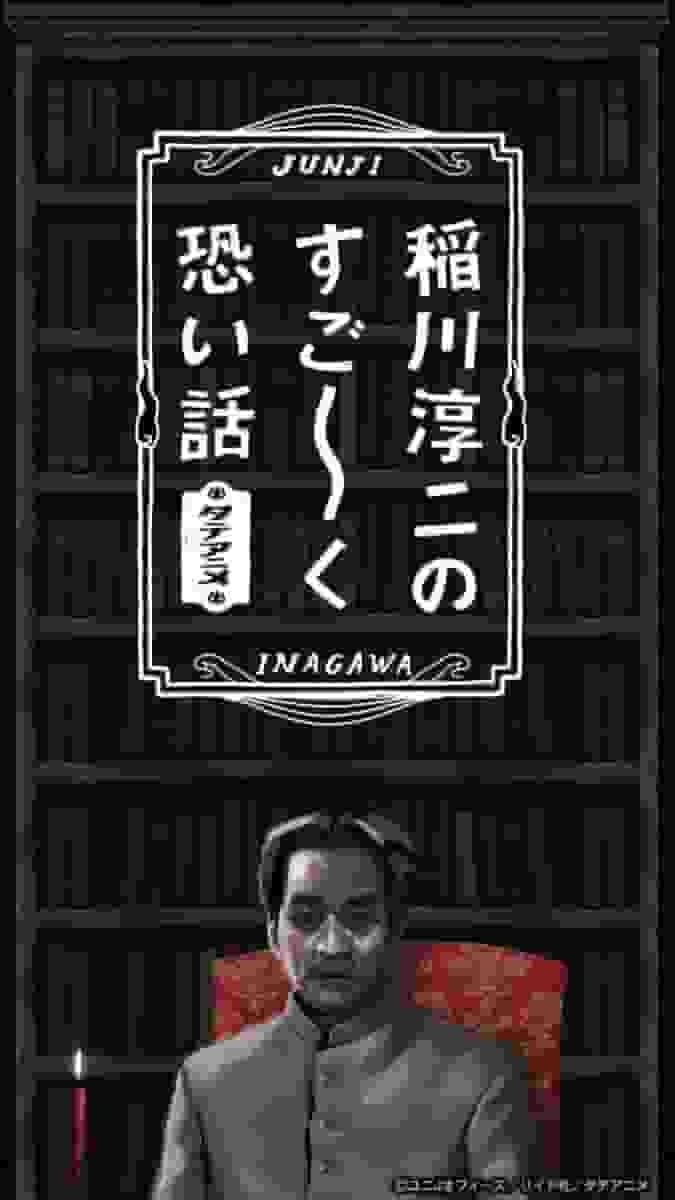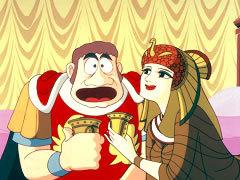Kuma-chan's Picnic: A thorough analysis of the appeal of Minna no Uta

"Kuma-chan's Picnic": NHK's historic animation and its appeal"Kuma-chan's Picnic" is a short 2-minute animated work that was broadcast on NHK Educational TV (now NHK E-Tele) in 1961. This work was produced as part of NHK's "Minna no Uta" series and was animated by Yoji Kuri. Below, we will delve deeper into the details of this historical animation and its appeal. Overview"Kuma-chan's Picnic" was broadcast in October 1961 and is a short work consisting of only one episode. Although the broadcast time was very short at only 2 minutes, the content was loved by children and became long-lasting in their memories. The original media is listed as "other," but this specifically means that it is an original project by NHK and there is no specific original novel or manga. Background"Kuma-chan's Picnic" was produced in 1961, a time when television animation was still in its infancy. NHK aimed to provide high-quality content to children through educational television, and the "Minna no Uta" series began as part of that effort. The series aimed to provide children with an opportunity to learn while having fun through music and animation. In creating this work, Yoji Kuri pursued simple yet attractive visuals. His unique touch has made it beloved by children and adults alike. Yoji Kuri was an important figure in the postwar Japanese animation world, and his work has contributed greatly to the development of Japanese culture and art. Story and CharactersThe story of "Little Bear's Picnic" is very simple. Little Bear goes on a picnic and has a good time in nature. The story depicts Little Bear walking through the forest, enjoying the beautiful scenery and preparing for the picnic. It also depicts his interactions with the animals he meets along the way, teaching children the beauty of nature and the importance of coexistence with animals. The main character, Kuma-chan, is depicted as a lovable character. His facial expressions and movements make children feel close to him and draw them into the story. The other animals Kuma-chan meets are also unique, helping to teach children about the diversity of nature. Music and lyricsThe music of "Kuma-chan's Picnic" is composed of melodies and rhythms that are familiar to children. The lyrics describe the scene of Kuma-chan's picnic and convey the fun of being in nature. The combination of music and lyrics is an important element in nurturing children's love for nature and teaching them the joy of music. The music for this work is the result of a pursuit of melodies and rhythms that are familiar to children, a feature of the NHK "Minna no Uta" series, and has influenced many subsequent works. The fusion of music and animation provides children with entertainment both visually and aurally, and has succeeded in enhancing the educational effect. Animation Techniques and ExpressionsThe animation of "Kuma-chan's Picnic" is a work that shows off Yoji Kuri's unique touch. His lines are simple, yet express the characters' expressions and movements richly. In particular, Kuma-chan's movements are natural and smooth, making them easy for children to relate to. This work also uses colors in an ingenious way. When depicting natural scenery, vivid colors are used, successfully conveying beautiful images of nature to children. Animation techniques and expressions are important elements that provide children with visual enjoyment and enhance the educational effect. Social impact and evaluation"Kuma-chan's Picnic" was broadcast as part of the NHK "Minna no Uta" series and became a beloved children's show. The show played an important role in teaching children the beauty of nature and the importance of coexisting with animals, as well as conveying the joy of music and animation. This work also occupies an important place in the history of Japanese television animation. Produced in 1961, at the dawn of television animation, this work influenced many later works and contributed to the development of Japanese culture and art. The work, which combined Kuri Yoji's unique touch with NHK's educational intent, became beloved and long-lasting in the memory of both children and adults. Recommendations and how to watch"Teddy Bear's Picnic" is a wonderful film that teaches children about the beauty of nature and the importance of coexisting with animals, while also conveying the joy of music and animation. We especially recommend it to parents and educators who want to foster a love of nature in their children. This work was broadcast as part of NHK's "Minna no Uta" series, so it can be viewed on the NHK official website and video streaming services. It is also available in DVD and Blu-ray packages, making it easy to watch. Please be sure to watch this historic animation and experience its charm. Related works and their appealLike "Kuma-chan's Picnic," there are many great songs in the NHK "Minna no Uta" series. Below, we will introduce some of the songs that we particularly recommend. "Grandpa's Old Clock""Grandpa's Old Clock" is a work from the "Minna no Uta" series that was broadcast in 1961. This work depicts family ties and the passage of time through an old clock, conveying an important message to children. The animation is simple yet emotional, and deeply moving to children. "Elephant""Elephant" is a work from the "Minna no Uta" series that was broadcast in 1962. This work depicts the love and bond between a mother and her baby elephant, conveying warm feelings to children. The animation is made up of cute characters and beautiful colors, providing visual enjoyment for children. "Big Old Clock""The Old Clock" is a work from the "Minna no Uta" series that was broadcast in 1964. This work depicts the flow of time and the meaning of life through an old clock, encouraging children to think deeply. The animation is simple yet emotional, and deeply moving for children. summary"Kuma-chan's Picnic" is a historic animated film produced as part of the NHK "Minna no Uta" series. This work played an important role in teaching children the beauty of nature and the importance of coexistence with animals, as well as conveying the joy of music and animation. This work, which combines Yoji Kuri's unique touch with NHK's educational intent, has become a work that is loved and remembered for a long time not only by children but also adults. Please watch this film and feel its charm. Also, by watching the related films, you will be able to appreciate the greatness of the NHK "Minna no Uta" series even more deeply. I would especially recommend this film to parents and educators who aim to foster a love of nature in their children. |
<<: Konpingpin's song: The appeal and evaluation of Minna no Uta
>>: "End of the Day": Reevaluating the moving voice of Minna no Uta
Recommend
Netflix's suspenseful mystery film "Pale Blue Eyes" first released stills starring Bale
The first stills of the Netflix suspense mystery ...
The Mandalorian Season 1 wins 5 Emmy Awards
The Creative Emmy Awards announced the third wave...
Experts are among the common people! Experts use handmade snacks to recreate the characters of Castle in the Sky. They are so similar
Painting with cakes and pastries is nothing new, ...
The latest trailer of the new movie "Son of the Sun" starring Haruma Miura will be released on August 6
The Japanese drama film "Son of the Sun"...
Tokyo Ghoul [PINTO]: Its appeal and reviews: A deep story and the appeal of its characters
The appeal and evaluation of "Tokyo Ghoul [P...
"Captain Marvel 2" Douban score released: domestic first-day box office plummeted compared to the previous film
The Douban score of "Captain Marvel 2" ...
The second season of the famous work "LoveLive! Superstar" is confirmed to start in July
The official announcement of the new chapter of t...
The appeal and evaluation of "Rising Impact": New possibilities for golf sports anime
"Rising Impact": A coming-of-age drama ...
"Batman: The Dark Knight" and "Shrek the Monsters" are selected as American national treasure movies in 2020
Recently, the National Film Registry of the Unite...
A thorough review of the appeal and emotion of "Super Youthful Siblings"!
The appeal and evaluation of "Super Seishun ...
The budget of "Joker 2" is 3 times that of 1, and the male lead and director each received 20 million US dollars
According to Variety, Joker 2 will have a budget ...
Writers strike halts production on Batman spinoff The Penguin
The ongoing strike by the Writers Guild of Americ...
Ghibli Park's new area, Witch Valley, confirmed to open in March 2024
Ghibli Park, a realistic recreation of the world ...
The appeal and reviews of "Noiseman: A Sound Creature": A fusion of sound and story
"Noiseman": A 15-minute miracle of visu...
The appeal and depth of Neo Faust: A thorough evaluation and recommended points
"Neo Faust": The appeal of animation th...









